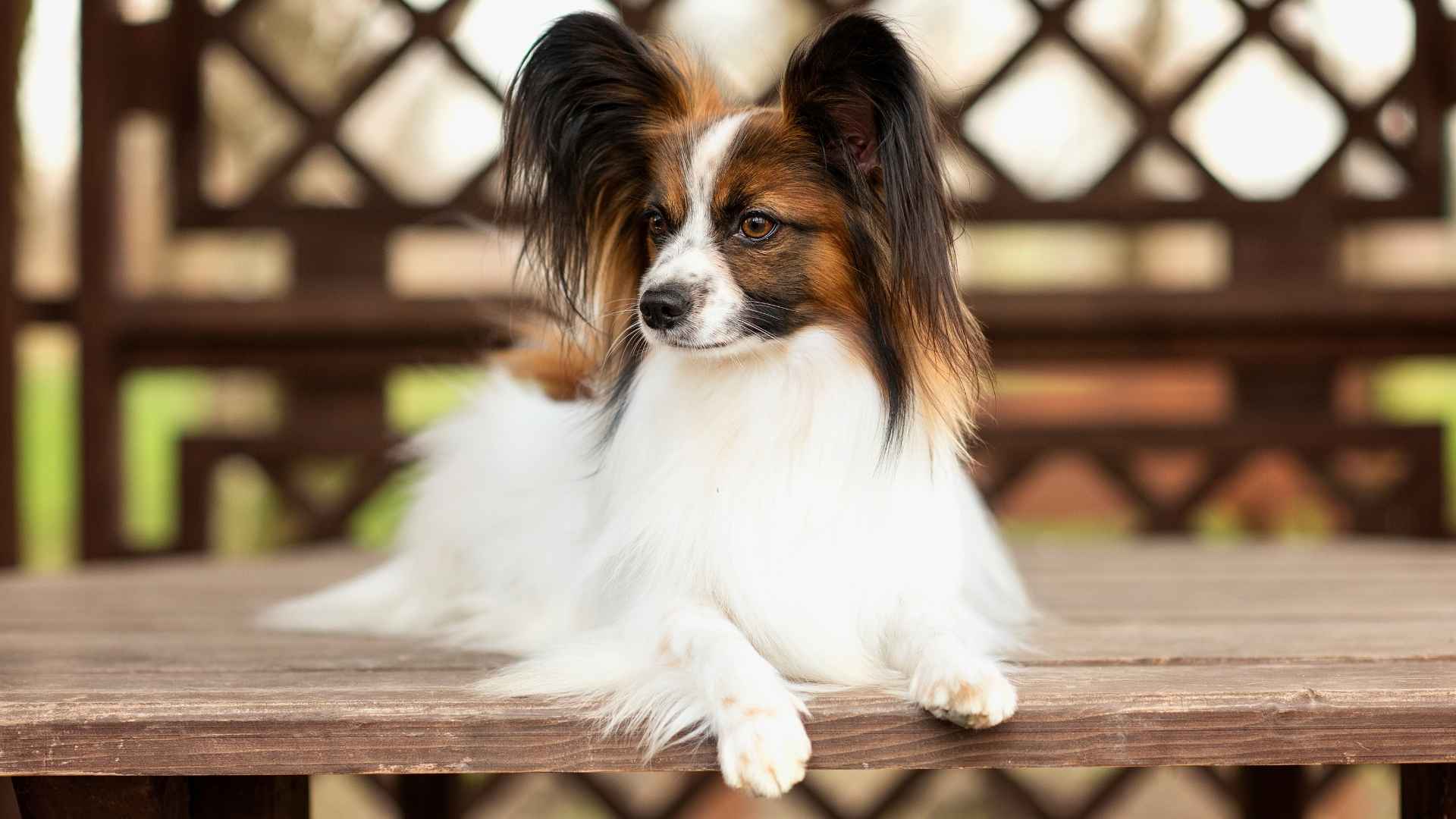When considering intelligence in dogs, breeds like the Border Collie, German Shepherd, and Poodle often come to mind first. These breeds have long-established reputations for their exceptional cognitive abilities. Yet, there exists a fascinating array of breeds whose brilliance quietly surpasses their unassuming appearances.
These lesser-known canine geniuses may not frequently headline dog shows, yet their remarkable intelligence, adaptability, and problem-solving skills often astonish owners and trainers alike. From navigating complex environments to intuitively understanding human emotions, these dogs consistently demonstrate capabilities that elevate them beyond the ordinary.
Their intelligence isn’t simply measured by obedience but by their nuanced comprehension of tasks and their impressive ability to independently reason through challenges.
This article delves into ten dog breeds whose cognitive prowess deserves greater recognition. Each breed highlighted here excels in unique ways, illustrating the diverse and surprising ways canine intelligence manifests.
Dog Breeds That Are Secret Geniuses
1. Golden Retriever
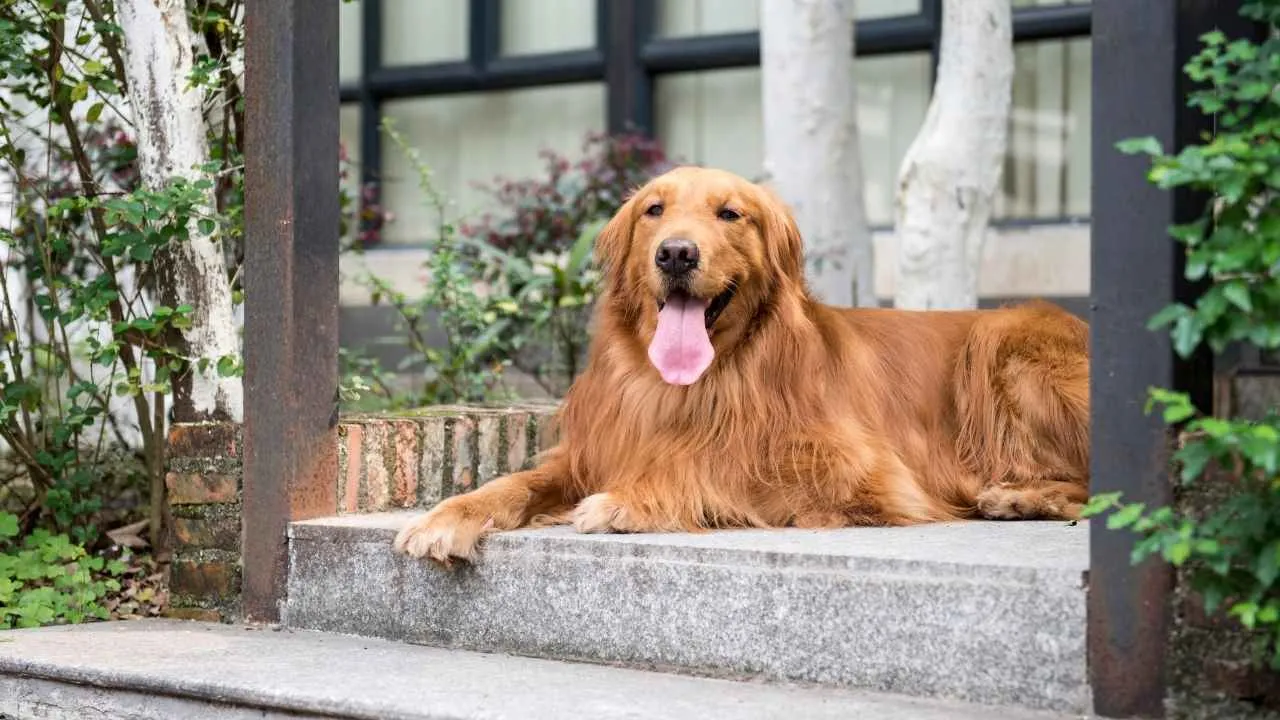
Golden Retrievers originated in Scotland as hunting dogs, bred specifically to retrieve game from water and difficult terrain. Today, their intelligence extends far beyond hunting tasks. They excel in service roles such as guide dogs, search-and-rescue workers, and even medical detection dogs, showcasing exceptional adaptability and problem-solving skills.
According to the AKC, their temperament is friendly, gentle, and reliably calm, traits that help them excel in therapy roles. Golden Retrievers quickly learn and accurately respond to human emotional cues, making them effective emotional-support animals. This heightened awareness also enables them to master complex obedience commands faster than many other breeds.

Proper care requires frequent brushing due to their dense, water-resistant coats. They shed significantly during seasonal coat changes, so grooming two to three times weekly is recommended. Regular exercise—particularly activities involving retrieving or swimming—keeps them mentally stimulated and physically healthy.
Beyond emotional intelligence, Golden Retrievers display remarkable memory. They can remember and recognize dozens of different objects by name, an ability researchers often study in canine cognition experiments. Such mental sharpness contributes greatly to their effectiveness as assistance and working dogs.
Fun Fact
Golden Retrievers were among the first breeds used as professional therapy dogs, regularly comforting patients in hospitals and rehabilitation centers since the mid-20th century.
2. Labrador Retriever
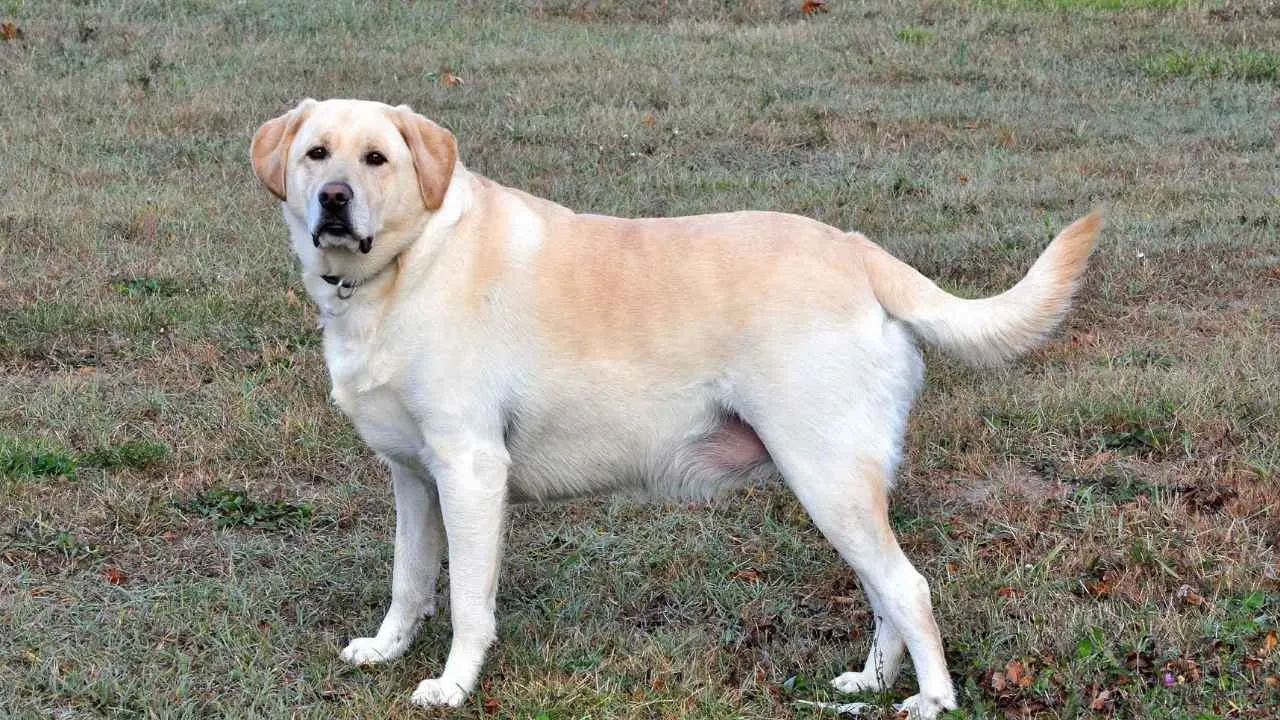
Originally bred in Canada to help fishermen haul nets and retrieve fish, Labrador Retrievers remain outstanding working dogs. Their combination of strength, stamina, and high intelligence makes them particularly effective in rescue operations, explosive detection, and disability assistance.
Labradors quickly grasp complex commands and reliably remember training instructions long-term, leading to fewer mistakes in high-stakes scenarios.
Labradors typically exhibit high social intelligence, easily understanding and responding to human gestures and body language.
They also have strong socialization skills, enabling them to function comfortably in diverse environments, from crowded city streets to busy airports. This adaptability helps explain why they consistently rank among the most popular service breeds globally.
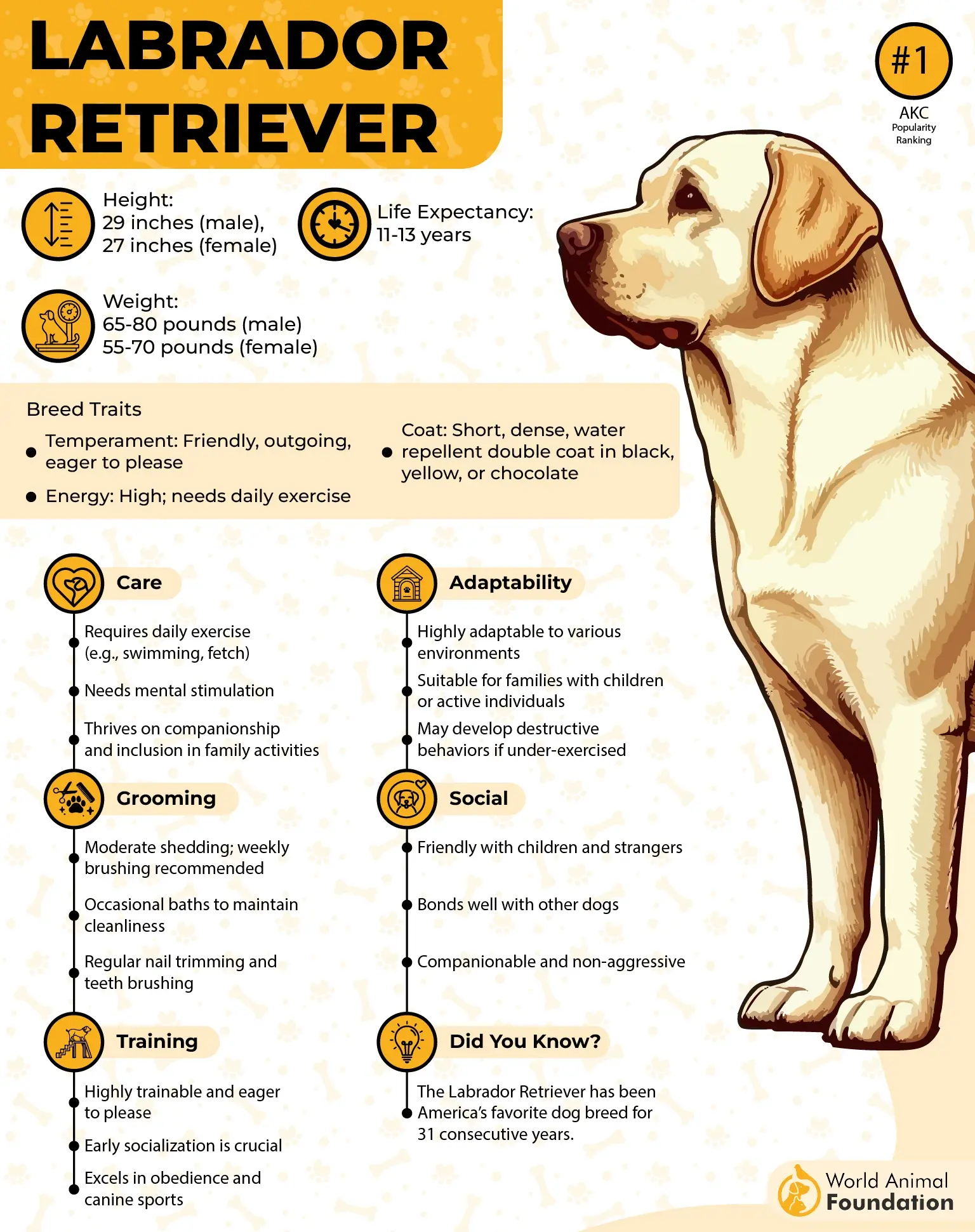
Care-wise, Labs require consistent physical activity to maintain their health and prevent destructive boredom behaviors. Daily exercise sessions—such as swimming, hiking, or agility sports—provide essential mental stimulation. Their short, dense coat sheds frequently, so regular brushing, especially during seasonal shedding, is necessary.
Interestingly, Labradors display advanced problem-solving skills. They can independently adapt training behaviors to new environments without additional guidance, a quality valuable in unpredictable work situations. Such flexibility often places them ahead of breeds that rely primarily on routine training.
Fun Fact
The Labrador Retriever is the breed most frequently trained worldwide as a detection dog, particularly in bomb and narcotics detection roles.
3. Miniature Schnauzer
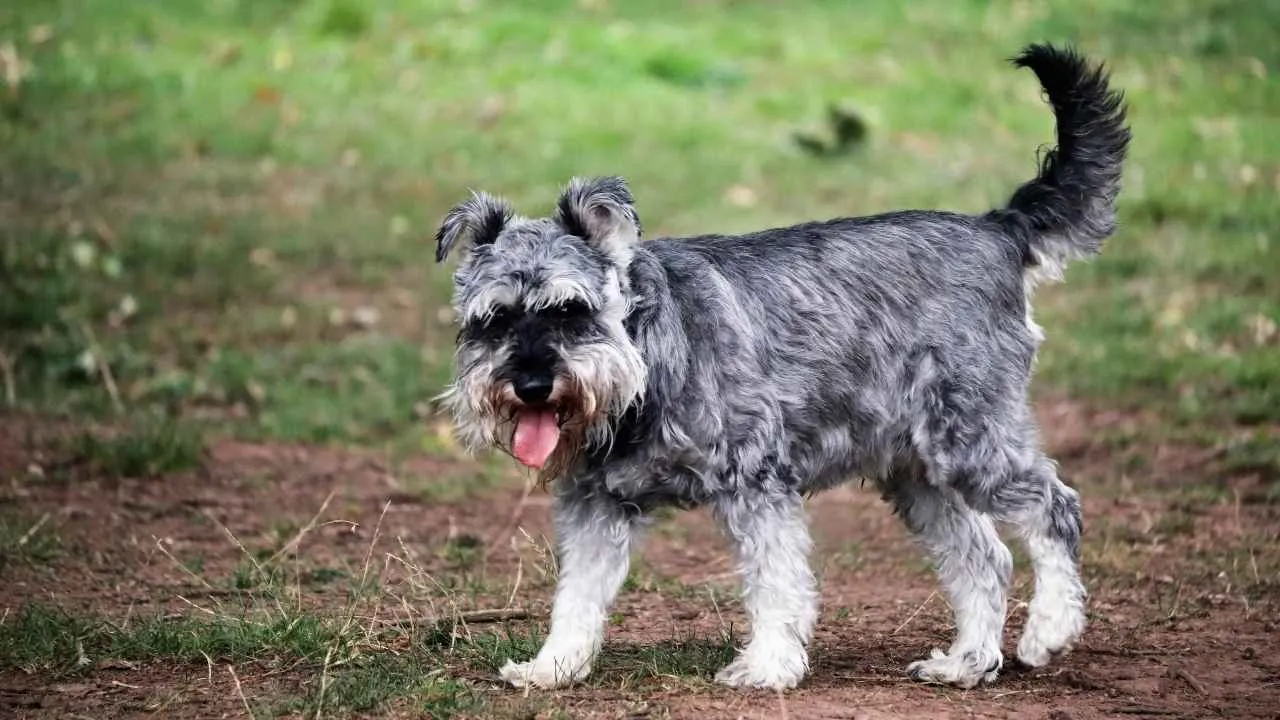
Developed in Germany to catch vermin on farms, Miniature Schnauzers possess quick minds and sharp instincts. This historical job required independent thinking, allowing them today to excel in activities like agility, obedience, and scent-tracking.
Owners often notice their ability to solve problems without direct supervision or guidance, revealing impressive self-reliance.
As per WebMD, these dogs are naturally alert, making them excellent watchdogs. They quickly recognize patterns, such as unusual sounds or movements, and will promptly alert their owners. This attentiveness, combined with a confident nature, makes them reliable companions in households where security awareness is beneficial.
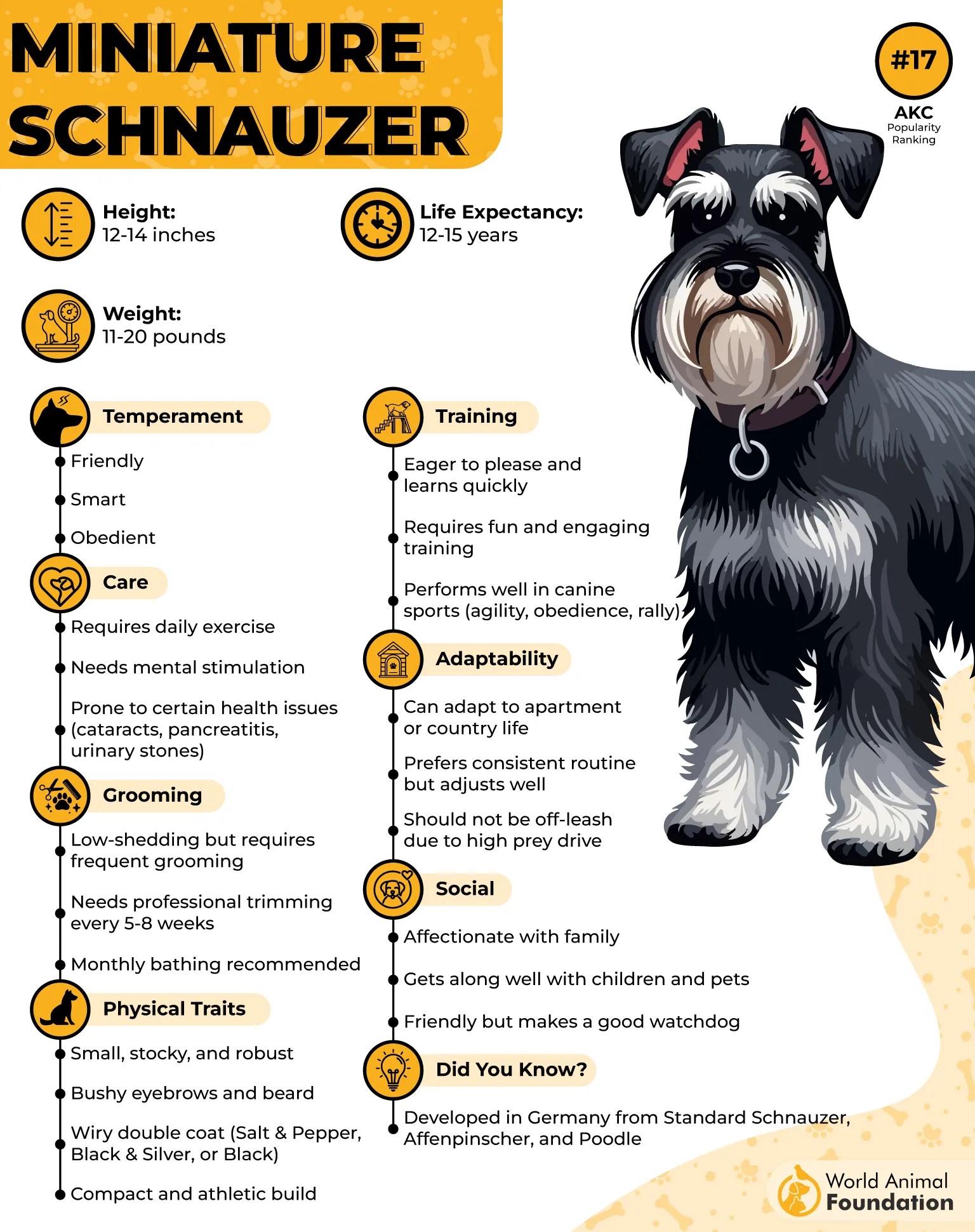
Grooming Miniature Schnauzers involves regular maintenance to manage their wiry, double-layer coat. Frequent brushing prevents matting, while professional clipping every four to six weeks helps maintain their signature appearance. This breed sheds minimally, making them suitable for people sensitive to pet dander.
Miniature Schnauzers are energetic and thrive on mental stimulation. Puzzle games and interactive training sessions keep their minds sharp and prevent behavioral issues associated with boredom. Daily walks paired with training exercises typically satisfy both their physical and mental needs effectively.
Fun Fact
Miniature Schnauzers have notably precise hearing, capable of detecting higher-frequency sounds than many other breeds, making them particularly effective at tasks involving sound discrimination.
4. Papillon

Papillons, named after their distinctive butterfly-shaped ears, are more than a charming toy breed—they consistently rank among the smartest dogs tested for intelligence and trainability.
These agile dogs quickly master advanced tricks, excel at obedience trials, and even outperform larger breeds in canine sports like agility and rally obedience. Their exceptional learning ability often surprises first-time Papillon owners who underestimate their mental capabilities.
Energetic yet affectionate, Papillons bond strongly with their families. They are keenly observant and adapt well to various living conditions, from urban apartments to suburban homes. Regular short walks, coupled with mentally stimulating games or puzzle toys, effectively satisfy their exercise needs and prevent behavioral issues.
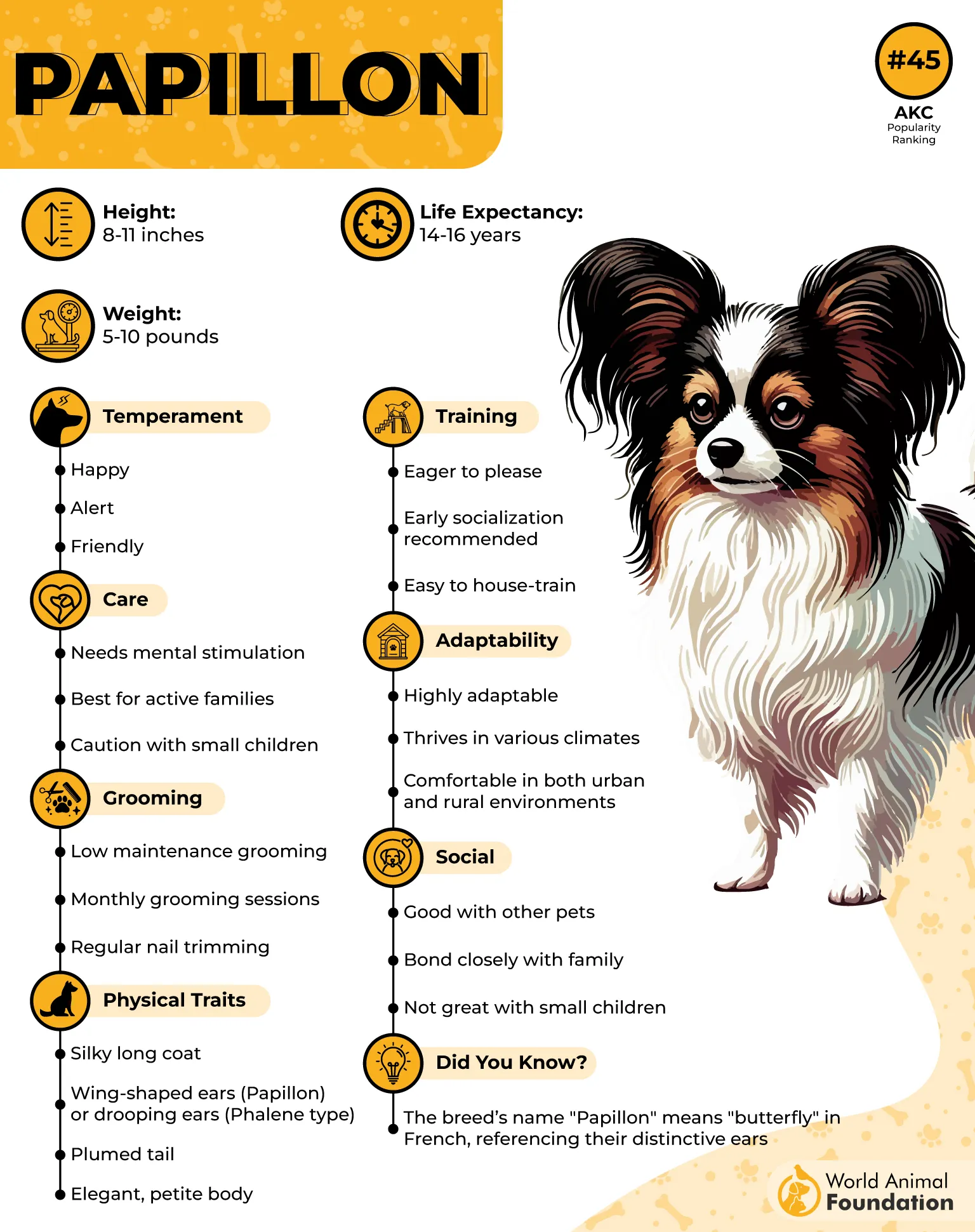
Papillons require minimal grooming compared to other long-haired breeds. Their silky coat benefits from weekly brushing to keep it healthy and tangle-free. Their small size also makes regular teeth-cleaning particularly important to prevent dental issues common in smaller dogs.
Due to their alert and curious personalities, Papillons often show surprising boldness in unfamiliar situations. This breed is known for quickly adapting to new environments and routines, making them ideal travel companions. Consistent, reward-based training methods typically yield the best results, as harsh corrections may discourage their naturally eager spirit.
Fun Fact
Papillons have held several records as top-performing dogs in competitive agility, frequently outperforming breeds twice their size in speed and precision.
5. German Shorthaired Pointer
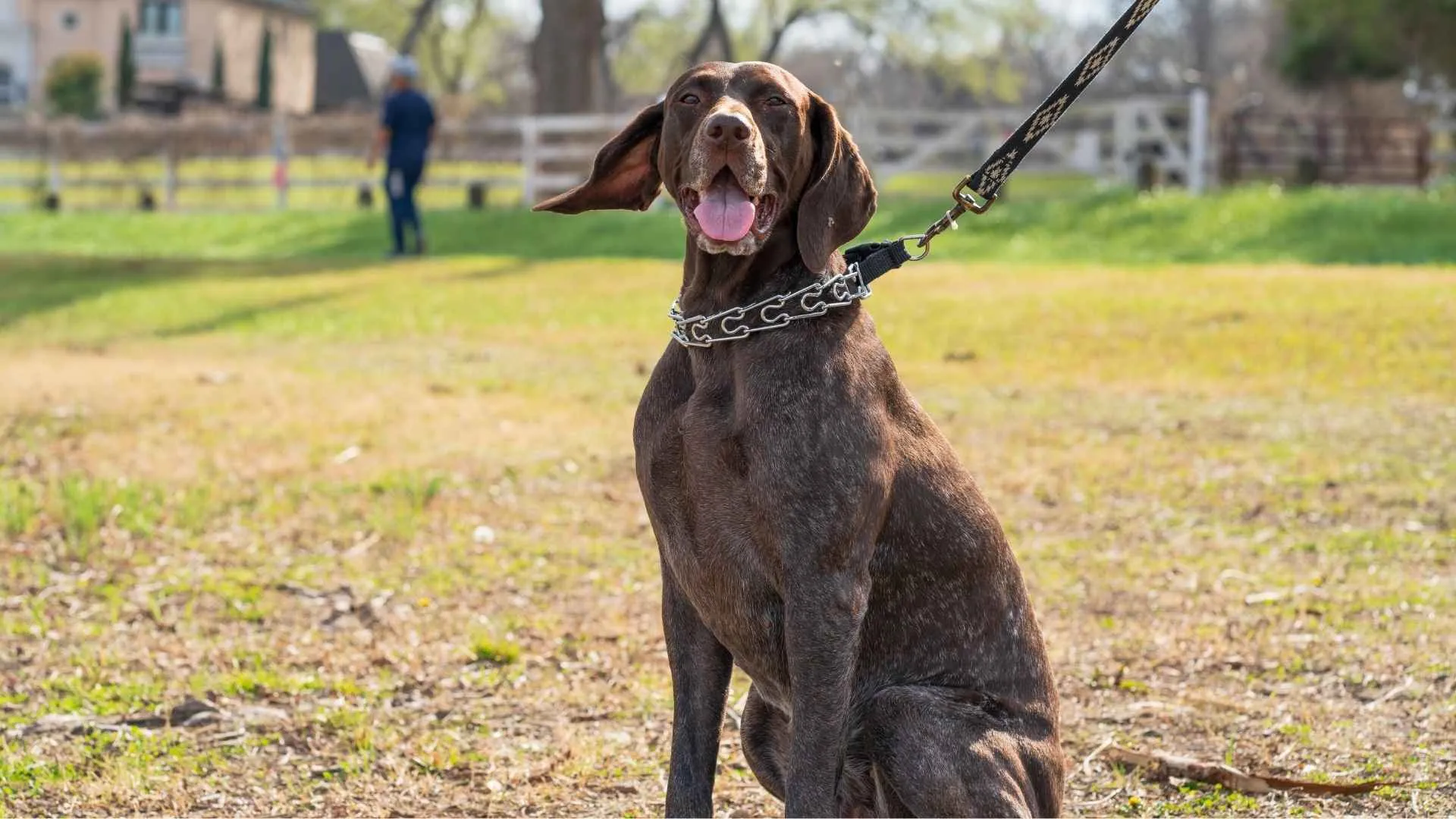
Originally developed in Germany for versatile hunting duties, the German Shorthaired Pointer (GSP) is recognized for its impressive intellect, athletic ability, and exceptional adaptability.
Their intelligence, combined with keen senses, enables them to excel in hunting, tracking, and even bomb-sniffing roles. These dogs grasp complex tasks quickly and retain learned behaviors reliably, making them ideal working companions.
Highly active and energetic, the GSP requires extensive daily physical activity, including running, swimming, or structured sports like agility. Without sufficient mental and physical stimulation, they tend toward restlessness or destructive behaviors.
Engaging them with tasks like scent work or obedience training helps channel their abundant energy productively.
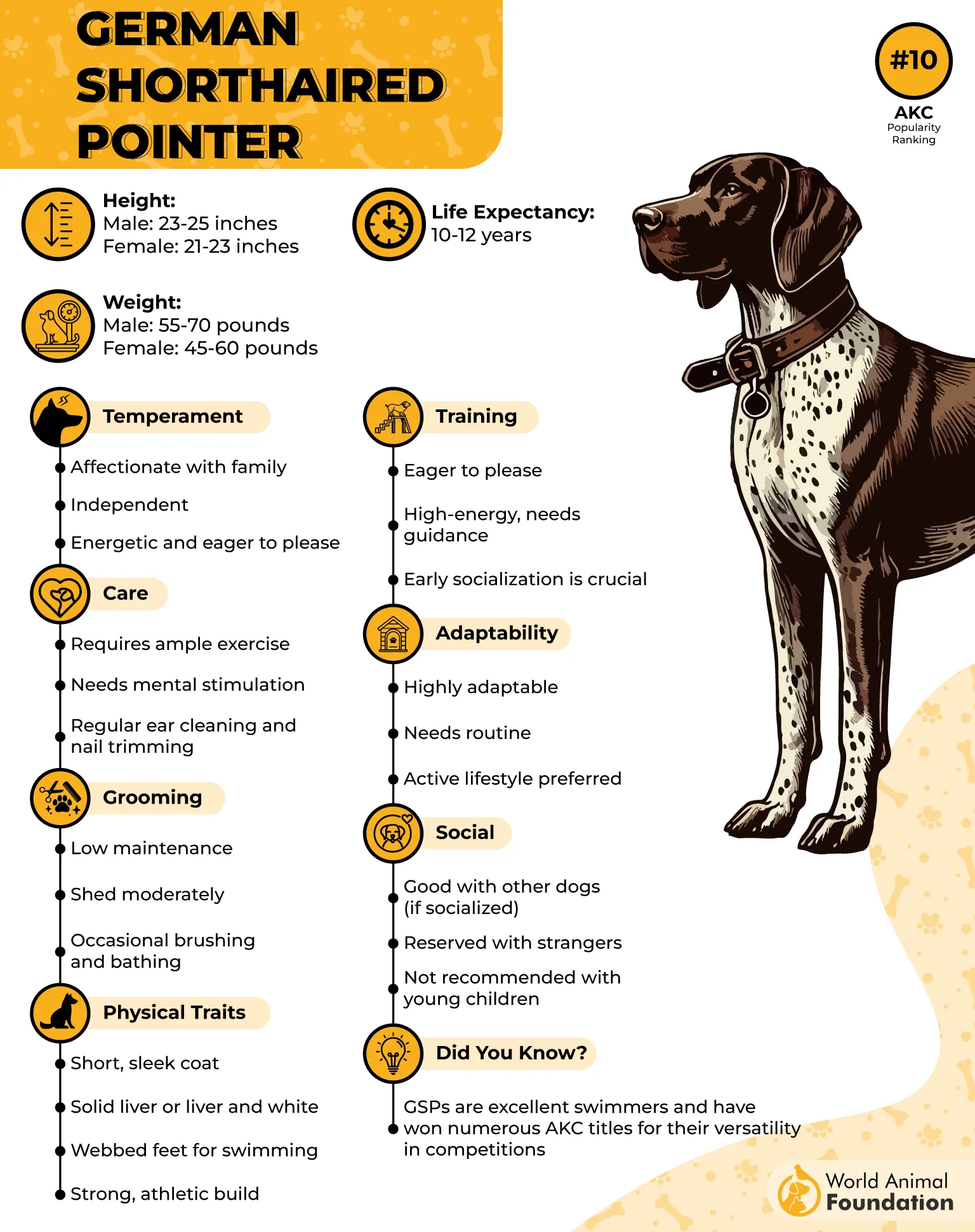
GSPs possess short coats that require minimal grooming, though regular brushing helps manage their moderate shedding. Routine ear checks are essential due to their floppy ears, which can trap moisture and increase the risk of ear infections. With proper care, these robust dogs often remain active and healthy well into old age.
Friendly yet independent, GSPs thrive in households where consistent leadership and clear boundaries are established. Their eagerness to please balances their occasionally stubborn streak, particularly when engaged in focused training exercises. Early socialization ensures they comfortably coexist with other pets and people in various settings.
Fun Fact
German Shorthaired Pointers are frequently used in competitive dock-diving competitions, regularly jumping distances exceeding 20 feet due to their powerful hind legs and fearless nature.
6. Rottweiler
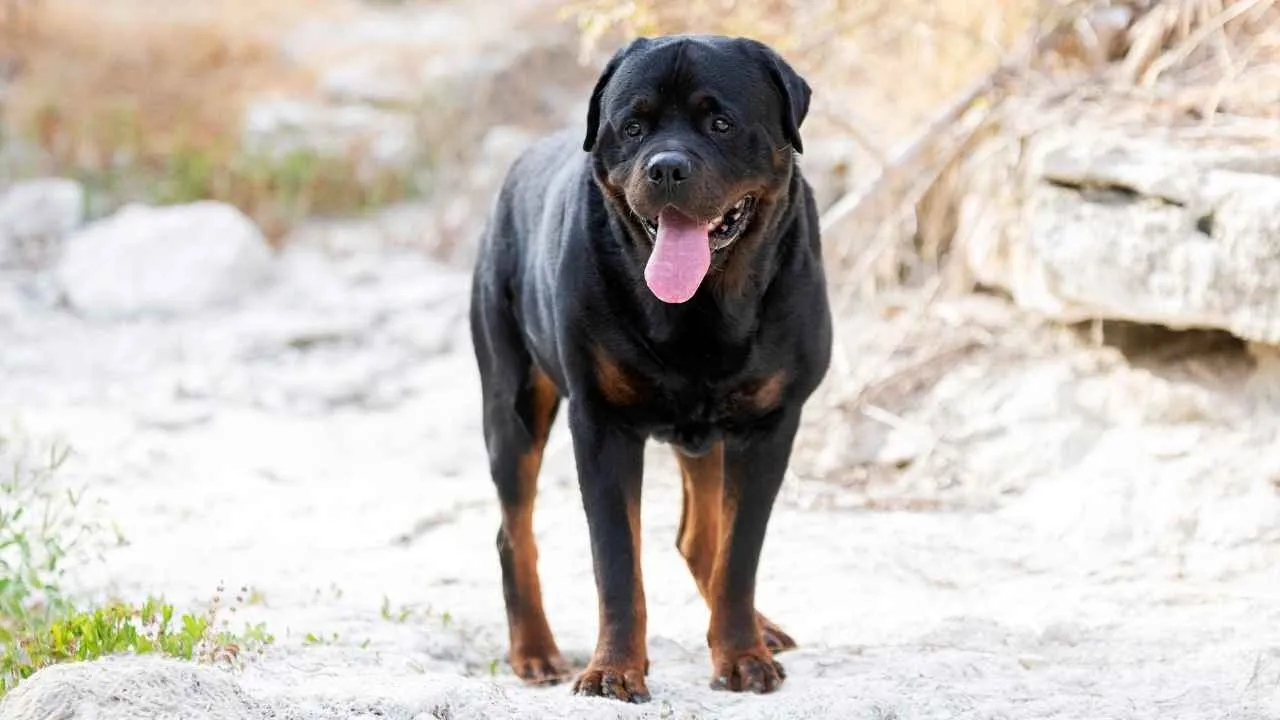
Originally bred as versatile working dogs in ancient Rome and later Germany, Rottweilers display intelligence, confidence, and loyalty. Often misunderstood as purely protective guard dogs, their cognitive abilities extend well beyond basic guarding instincts.
Rottweilers quickly learn advanced commands, and their impressive memory allows them to retain and accurately execute tasks long after initial training.
According to Britannica, these muscular dogs thrive in structured environments where training is consistent and positive reinforcement methods are employed.
Their innate intelligence means they quickly notice inconsistencies in training, responding best to clear guidance and fairness from handlers. Regular obedience practice enhances their natural problem-solving skills and keeps their strong minds well-engaged.
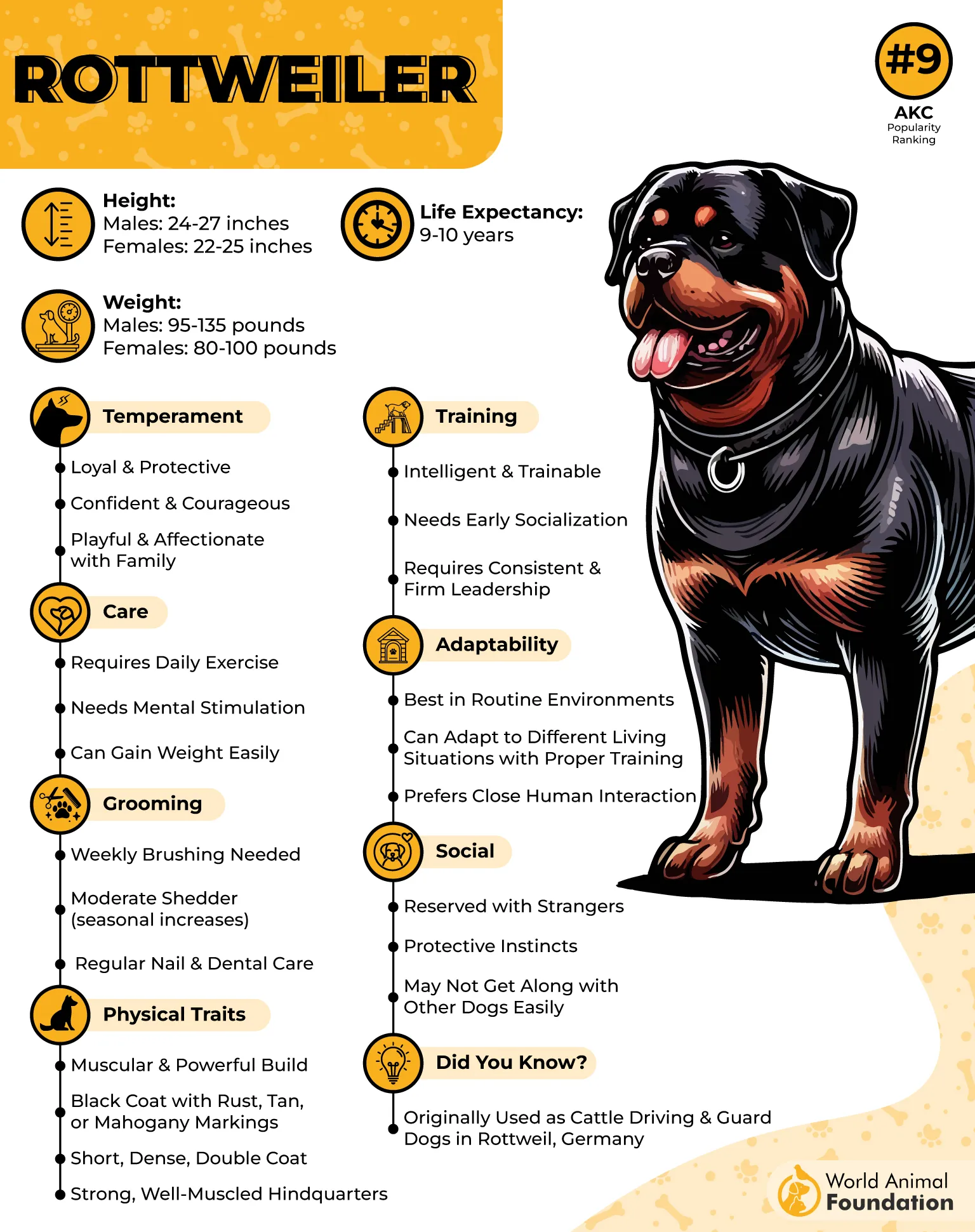
Physically powerful, Rottweilers require daily exercise, such as brisk walks or structured sports like weight-pulling, obedience, or tracking. Such activities help manage their energy, reducing tendencies toward boredom-related behaviors. Their short coats require minimal grooming, typically just weekly brushing to remove loose hair and keep their skin healthy.
Temperament-wise, Rottweilers display notable composure and confidence when properly socialized from puppyhood. They generally remain calm and observant in various situations, making them reliable companions for families and individuals who appreciate their loyalty and protective nature.
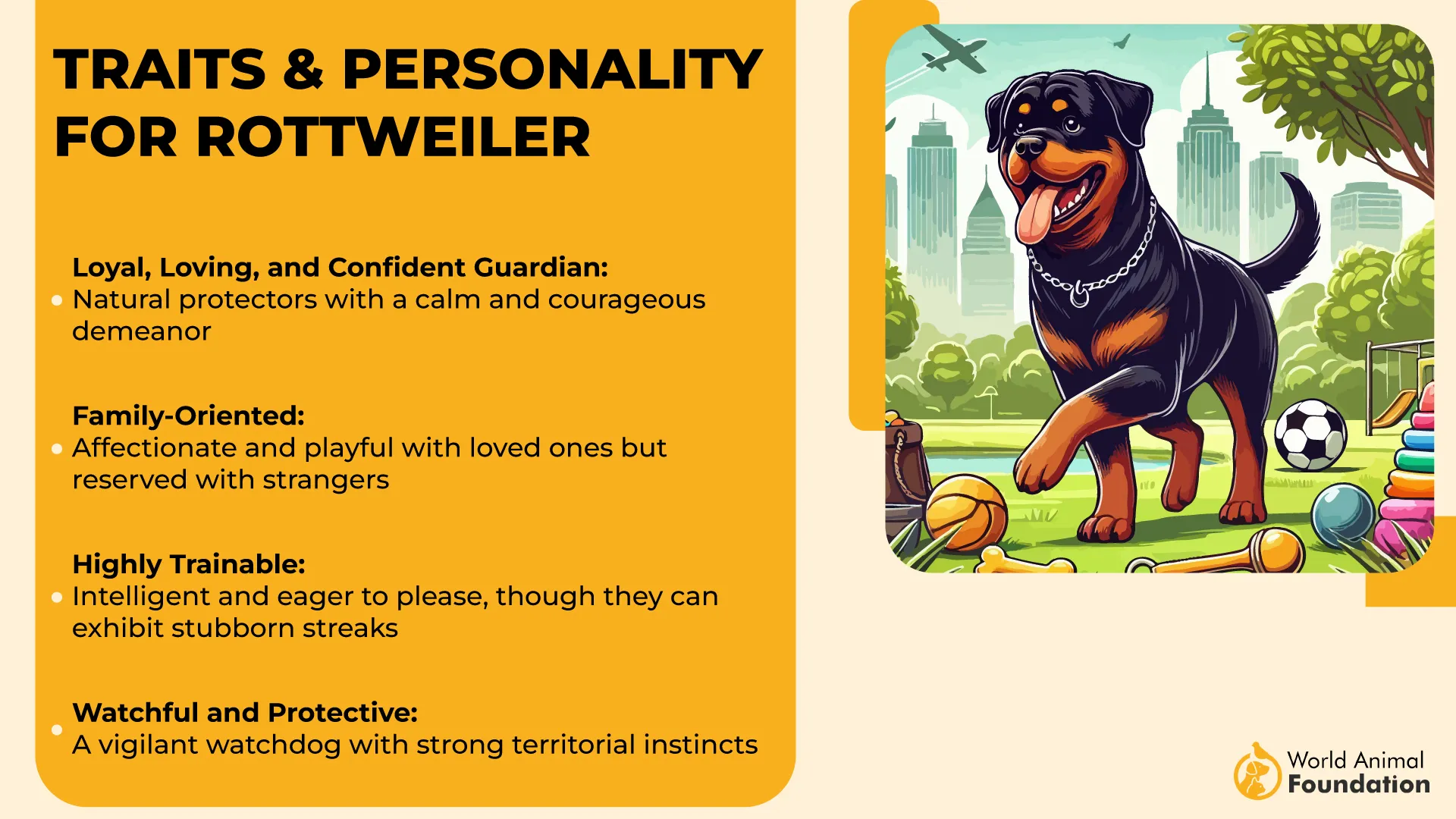
Their intelligence and natural alertness also mean they quickly differentiate normal interactions from genuinely threatening situations.
Fun Fact
Rottweilers served historically as cattle drovers, a demanding task that required intelligence, strength, and careful judgment—traits still evident in their temperament today.
7. German Shepherd
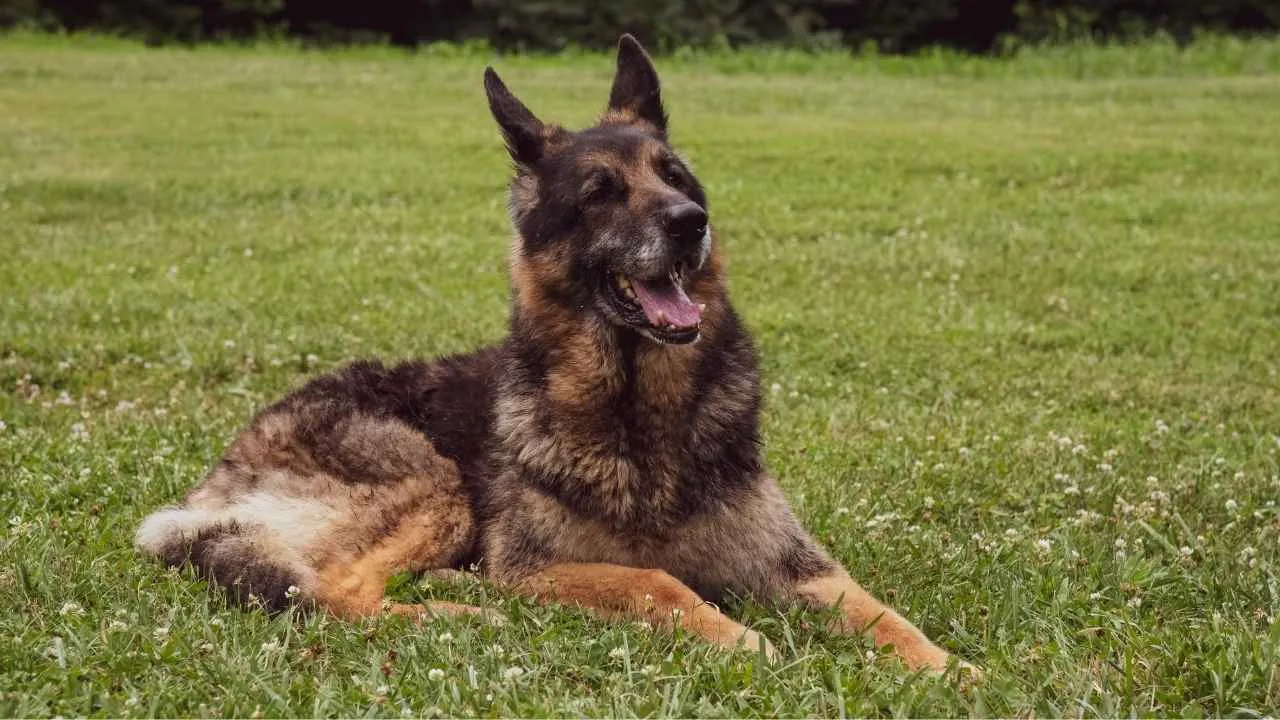
German Shepherds, originally bred for herding sheep, have become world-famous as police and military dogs due to their exceptional intelligence and trainability. They rapidly learn complex commands and tasks, demonstrating remarkable memory and adaptability.

Their versatility means they excel at roles ranging from bomb detection to guide dog work, reflecting their robust problem-solving abilities and high working intelligence.
Characterized by confidence and loyalty, German Shepherds thrive best with clear, consistent training from experienced handlers. Early socialization significantly improves their temperament, enabling them to distinguish between everyday interactions and genuine threats. Their protective nature, combined with reliable judgment, makes them outstanding guardians and family companions.

Regular exercise is essential for this energetic breed—ideally structured activities like tracking, obedience training, or agility to stimulate their minds and bodies equally. Their double-layered coat sheds year-round and heavily twice annually, requiring regular brushing several times a week to manage shedding effectively.
Physically strong yet highly responsive to commands, German Shepherds often display impressive restraint, an asset in sensitive service or therapy roles. Their acute sense of smell ranks among the best in the canine world, further enhancing their effectiveness in search-and-rescue missions or detection work.
Fun Fact
The German Shepherd was the first breed specifically trained to serve as a seeing-eye dog, marking the beginning of professional guide dog training in the 1920s.
8. Australian Cattle Dog
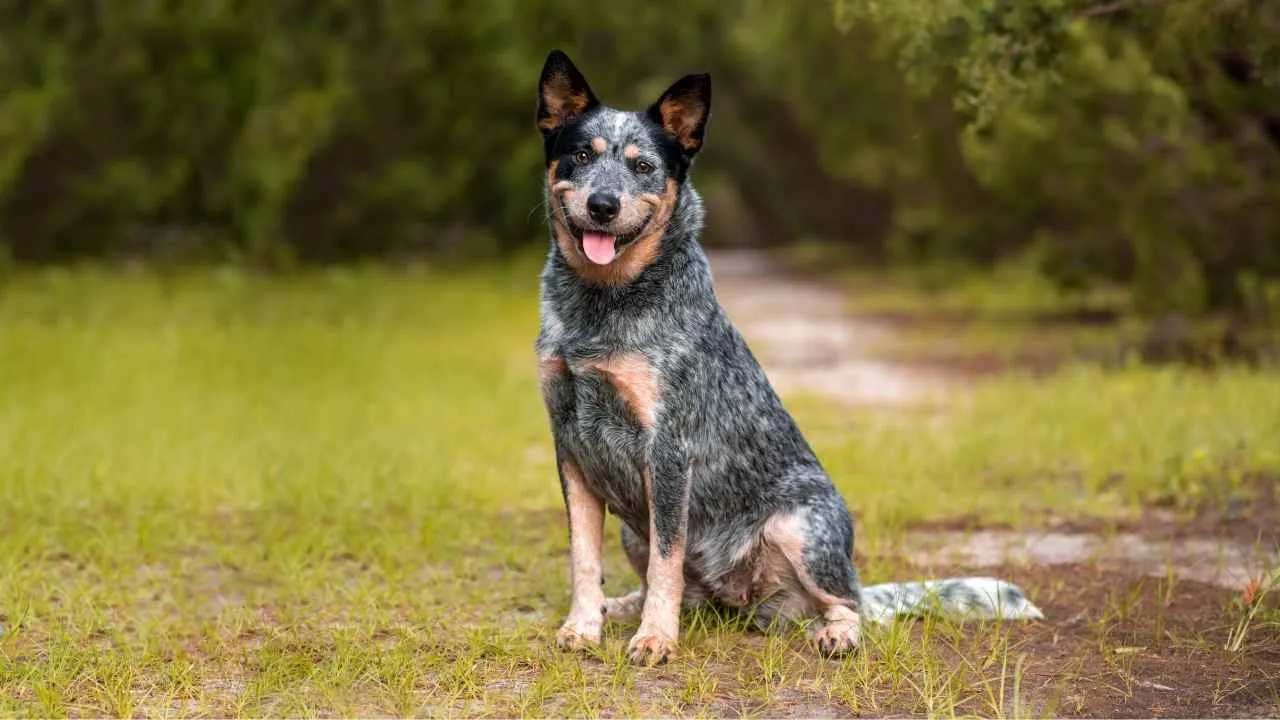
The Australian Cattle Dog, bred specifically for herding in harsh environments, possesses intelligence rooted deeply in adaptability and independence. Known for quick thinking, these dogs often anticipate commands before they’re given, solving problems instinctively during herding and agility tasks.
They consistently rank among the top breeds tested for obedience, problem-solving, and working intelligence.
These high-energy dogs require daily rigorous activity, including running, herding trials, or structured obedience exercises, to satisfy their intense physical and mental demands.
Lack of proper stimulation can quickly lead to boredom-driven destructive behavior. Interactive games, puzzle feeders, or agility sports significantly enhance their well-being by providing necessary mental challenges.
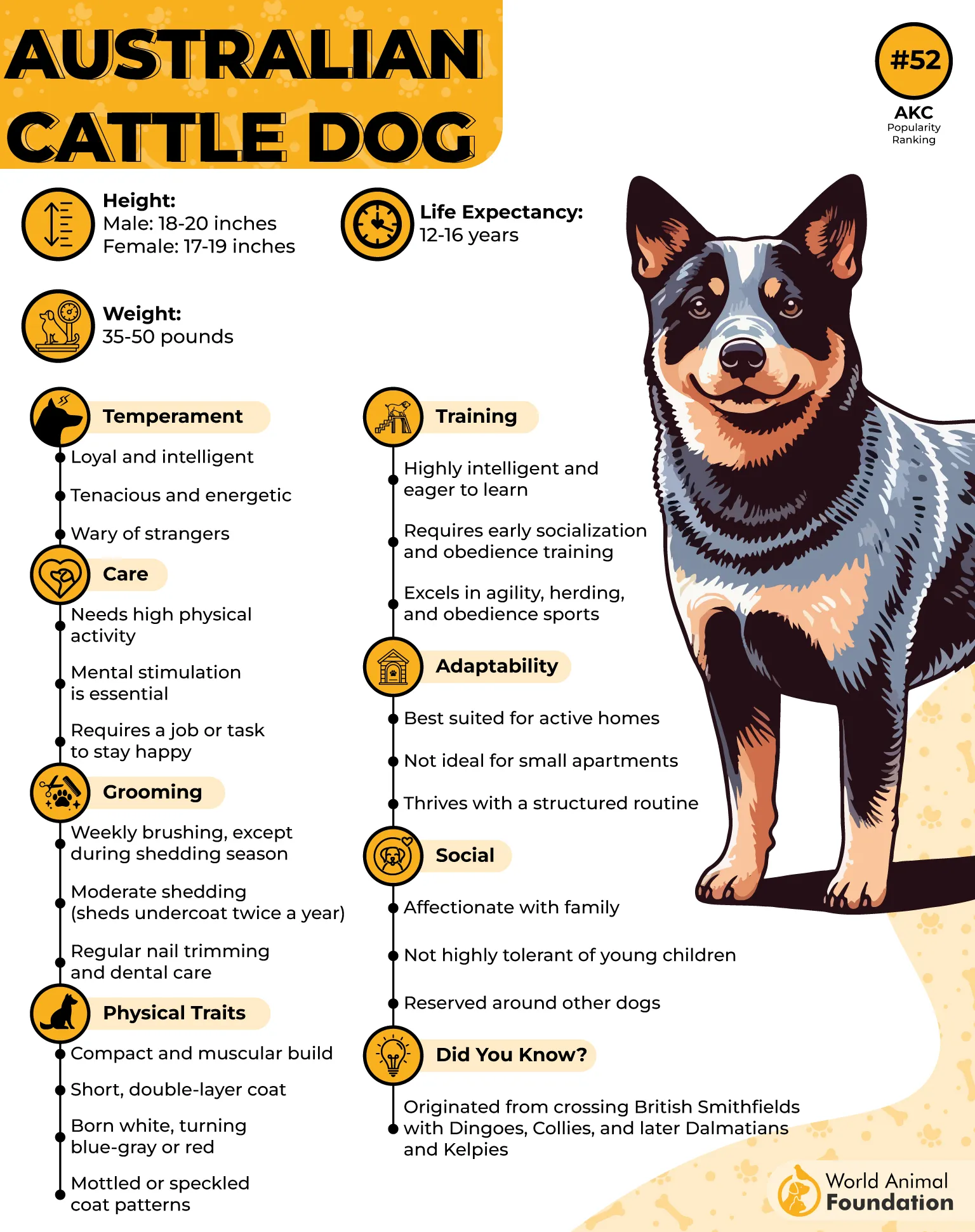
Despite their robust nature, Australian Cattle Dogs exhibit strong loyalty and form deep attachments to their owners. Early training focused on positive reinforcement helps mitigate occasional stubbornness, ensuring their natural independence doesn’t hinder responsiveness to commands.
Their short, weather-resistant coat requires minimal maintenance—weekly brushing typically keeps shedding manageable. Routine checks of their paws and ears are crucial, given their active lifestyle often involves rough terrain.
Fun Fact
Australian Cattle Dogs were specifically bred for resilience, capable of tirelessly herding cattle over vast distances and challenging terrain.
9. Border Collie
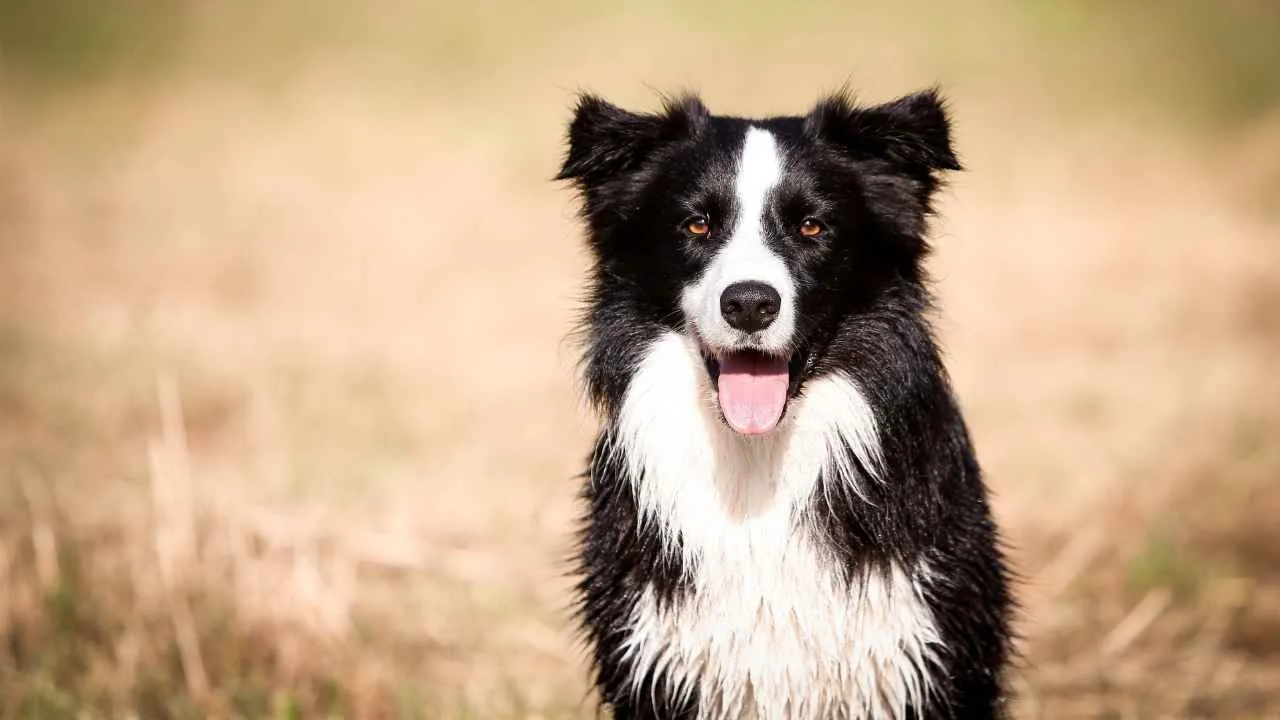
Border Collies, widely acknowledged as the smartest dog breed, originated in the British Isles as premier herding dogs. Their intelligence surpasses basic obedience—they exhibit remarkable intuitive problem-solving, learning new tasks in minimal repetition. Trainers and handlers often marvel at their ability to anticipate human intentions and respond precisely, even without verbal cues.
Highly energetic and driven, Border Collies thrive on challenging tasks, needing substantial daily physical exercise and mental stimulation.
Activities like sheep-herding, agility, flyball, or competitive obedience are ideal, preventing behavioral issues associated with boredom or excess energy. Their unparalleled stamina makes them particularly suited to active lifestyles.
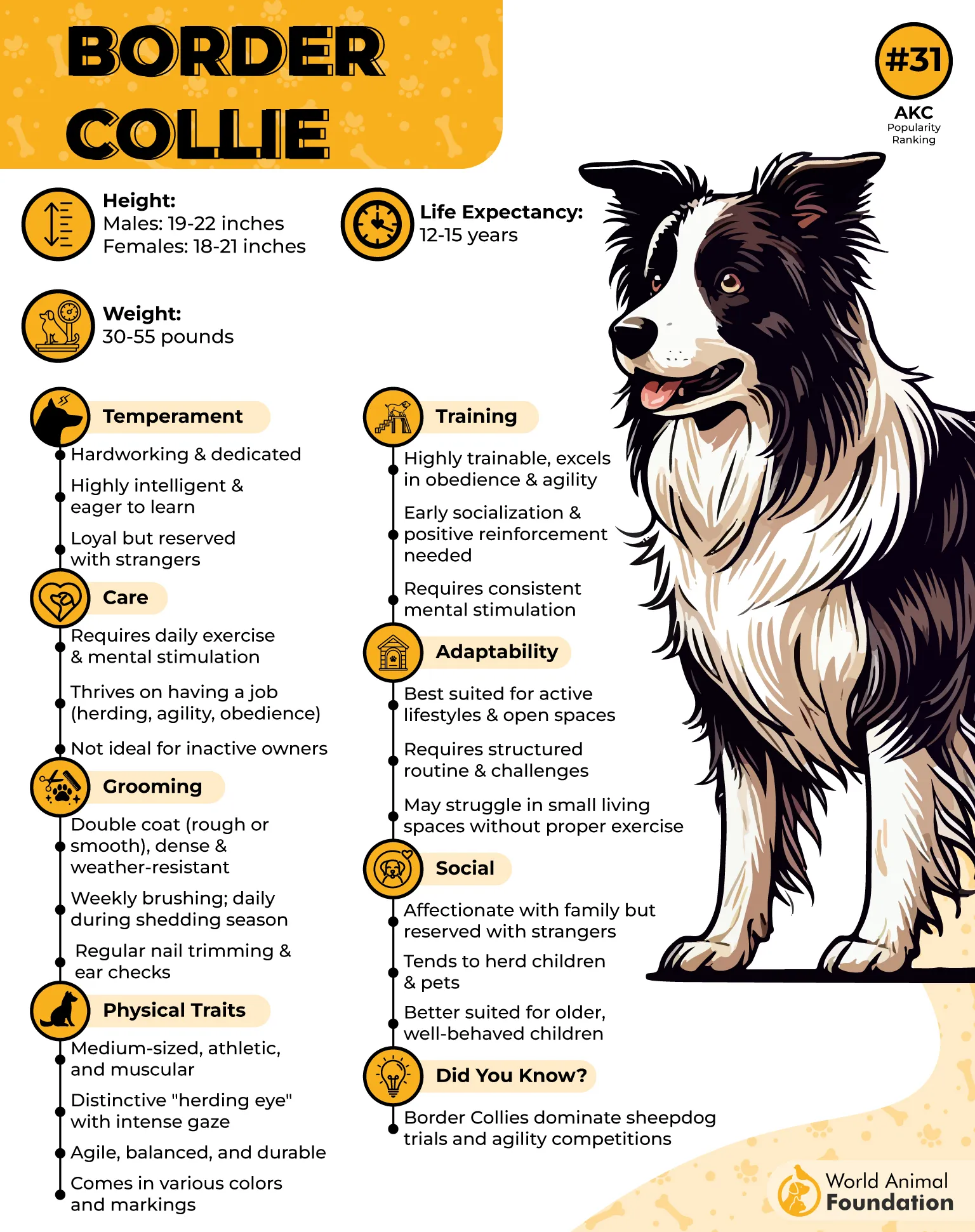
Socially, Border Collies form strong bonds with their families but sometimes show reserved behavior around strangers. Early socialization and clear, consistent training help them confidently navigate diverse environments, reducing anxiety or nervousness. Given their sensitivity, training should emphasize positive reinforcement rather than harsh correction.
Their medium-length coat sheds moderately, particularly seasonally. Regular brushing several times weekly effectively manages their fur, maintaining skin health and preventing matting. Attention to ear cleanliness and regular dental care is also essential due to their highly active lifestyle.
Fun Fact
A Border Collie named Chaser famously learned and recognized over 1,000 words, demonstrating language-comprehension skills unmatched by any other breed studied scientifically.
10. English Springer Spaniel
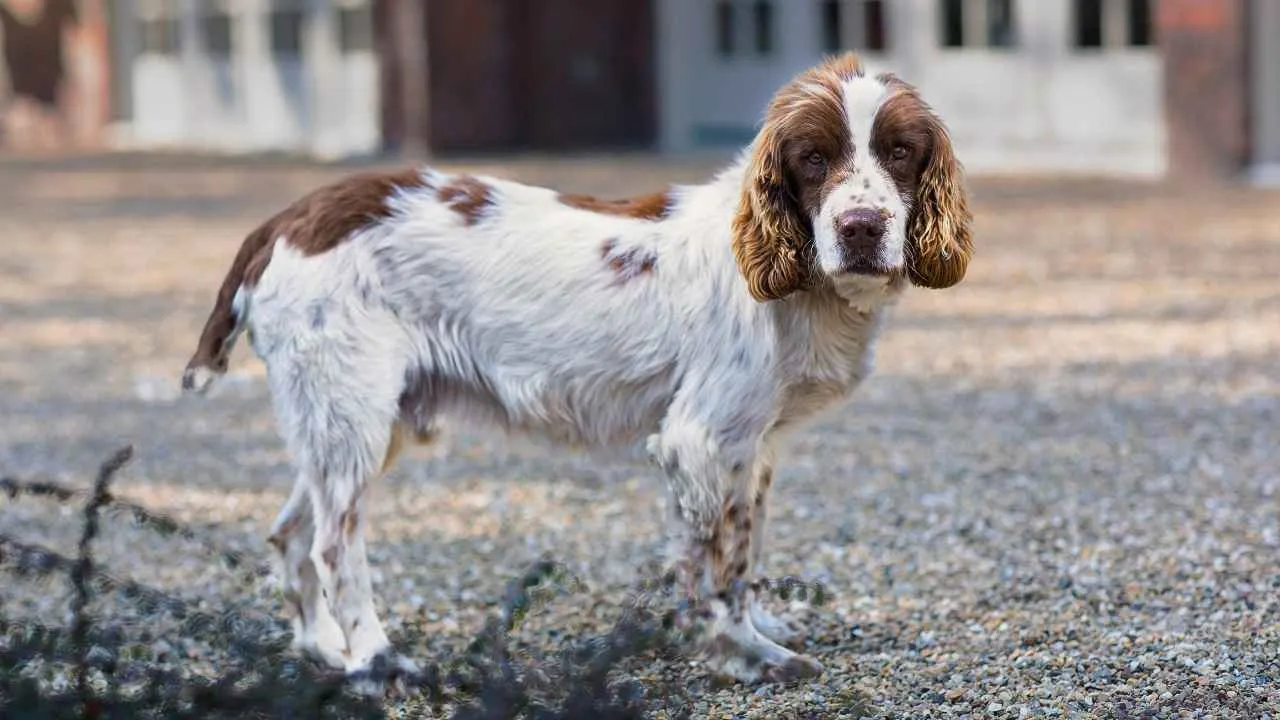
English Springer Spaniels originally served as hunting dogs, skilled at flushing and retrieving game. Their intelligence reflects generations of selective breeding for decision-making and adaptability, traits which now make them popular in search-and-rescue, drug detection, and therapy roles. They learn new tasks quickly and retain commands accurately, showcasing strong working memory and obedience skills.
Friendly, outgoing, and eager to please, these dogs integrate easily into family life, thriving in environments where they receive regular affection and attention. Early obedience training combined with frequent socialization enhances their naturally sociable disposition, reducing tendencies toward anxiety or nervous behaviors.
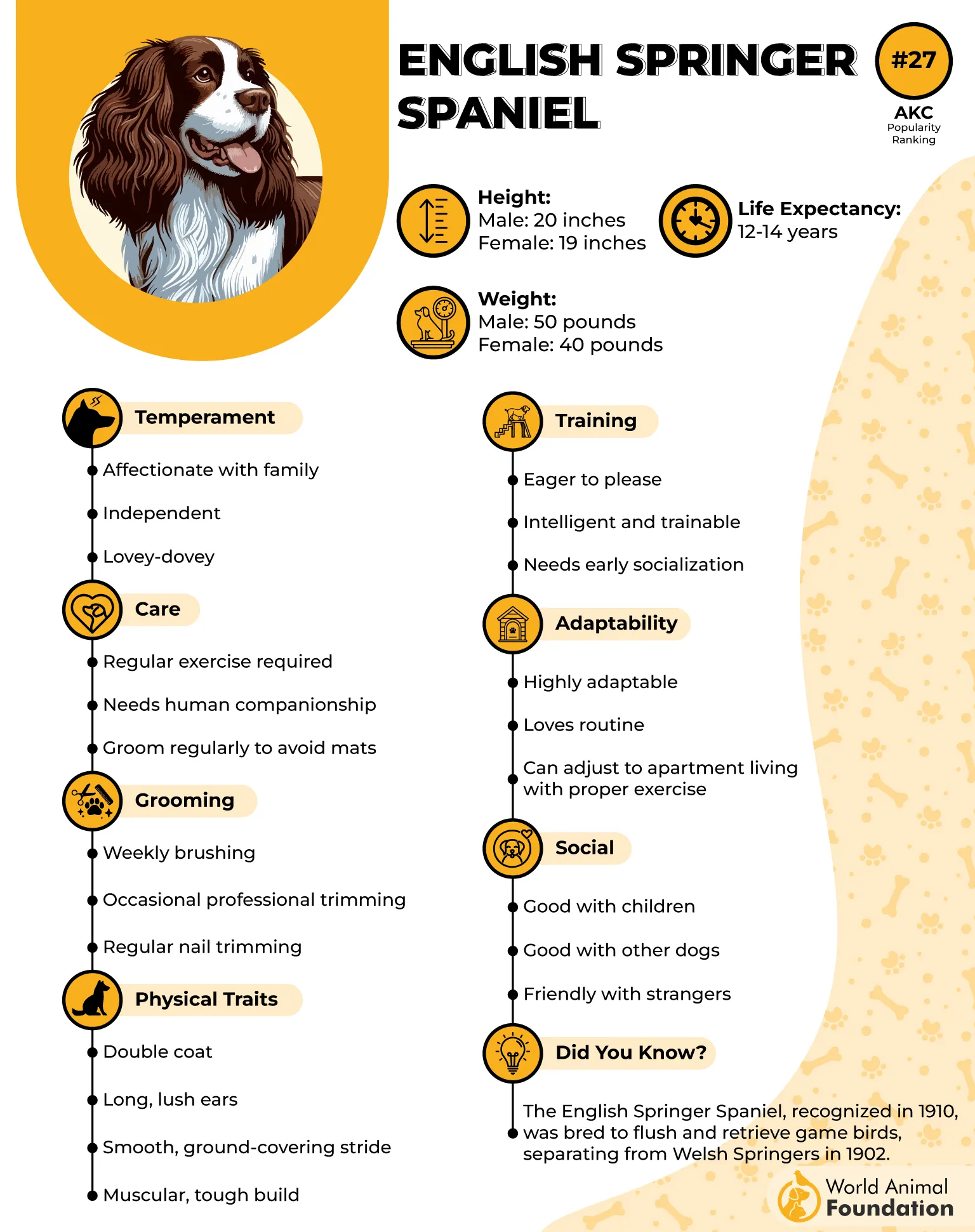
Physically active, Springer Spaniels require ample daily exercise, ideally involving retrieval or tracking exercises to engage their minds as well as their bodies. Without structured physical and mental stimulation, these dogs may become bored, leading to unwanted behaviors such as excessive barking or chewing.
Their dense, wavy coat needs regular grooming, ideally brushing several times a week to prevent matting and tangling. Ear care is particularly important because their pendulous ears trap moisture easily, increasing the risk of infection.
Fun Fact
English Springer Spaniels possess exceptionally keen noses and are often employed as skilled detection dogs, notably in airport security screening for explosives and narcotics.
Conclusion
Exploring the dog world reveals an impressive spectrum of keen intelligence that often goes unnoticed. While most dogs naturally display an eager-to-please attitude, the breeds highlighted here showcase distinct cognitive strengths, whether they’re bred to protect livestock, chase ducks, or skillfully point at game birds. Intelligent and adaptable, these breeds effortlessly follow commands and quickly learn what’s taught, bringing joy to their handlers through obedient behavior.
Owners are frequently surprised by just how quickly dogs adapt, tailoring their actions to suit each situation. Regardless of whether you choose a breed known to control cattle on vast lands or simply want a happy and content companion in the house, understanding their unique strengths and the things they love can transform your relationship with these remarkable animals.
Ultimately, appreciating canine intelligence enriches both our understanding of dogs and the satisfaction we gain from sharing our lives with them.


